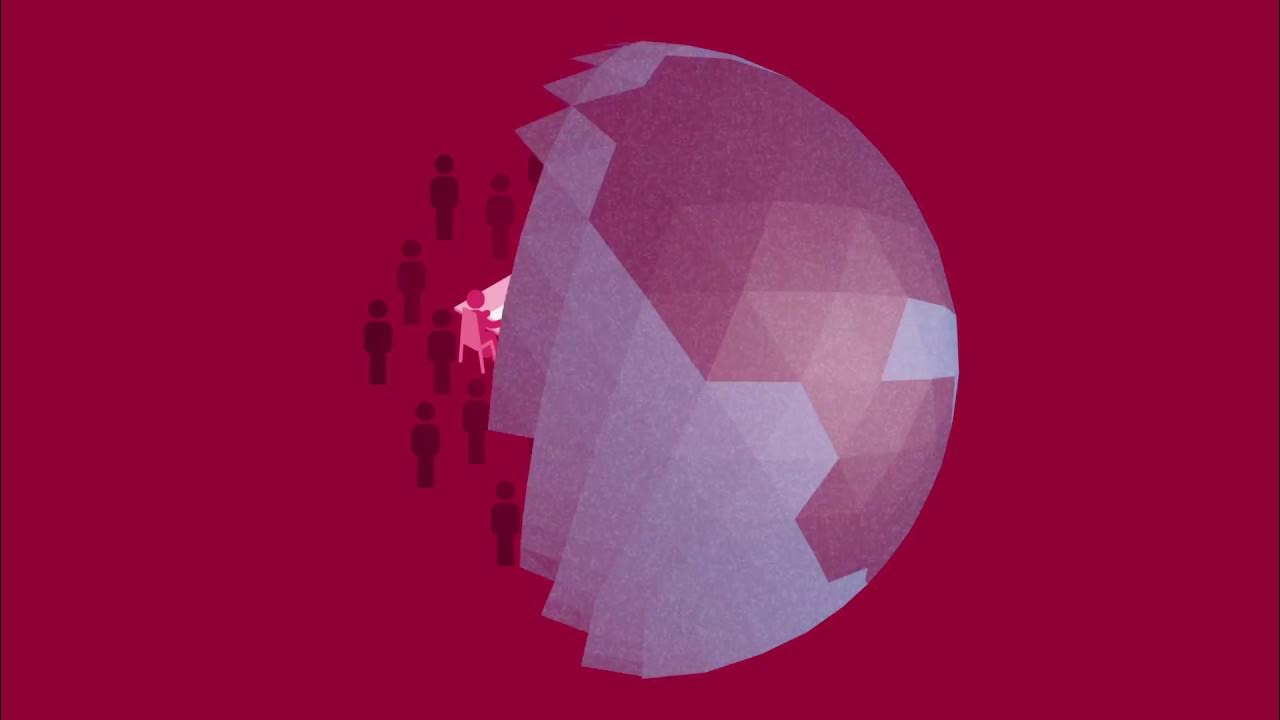The New Client Flow for Wellness and Recovery from Substance Related Issues
Summary
TLDRThis video discusses a new client flow for wellness and recovery from substance-related issues in the Philippines, based on the DDB-issued Board Regulation No. 7, Series of 2019. The client flow focuses on community-based treatment principles, ensuring access to appropriate care while respecting human rights. The process includes screening, brief intervention, and customized treatment plans for clients based on their risk levels. The program also incorporates aftercare and reintegration services to prevent relapse, including peer recovery groups and community support. The initiative aims for a drug-free Philippines, supported by the USAID's Renew Health Project.
Takeaways
- 😀 Drug use is a significant health issue, and addressing it requires a structured and comprehensive approach.
- 😀 The Philippine client flow for wellness and recovery from substance-related issues is guided by the revised rules in the DDB Regulation No. 7, series of 2019.
- 😀 This regulation emphasizes community-based treatment while respecting human rights, dignity, and confidentiality.
- 😀 Screening for persons who use drugs (PWs) can occur in various health facilities, including hospitals, schools, workplaces, and community health centers.
- 😀 Trained health personnel, such as doctors, nurses, and counselors, are responsible for conducting the screening process.
- 😀 Screening tools like the ASSIST (Alcohol, Smoking, and Substance Involvement Screening Test) and SRQ (Self Reporting Questionnaire) are used to assess substance use and psychiatric disturbances.
- 😀 Based on screening results, individuals are classified into low, moderate, or high-risk categories for drug abuse.
- 😀 Low-risk individuals receive general interventions, such as preventive education, self-help resources, and referrals to recovery support services.
- 😀 Moderate-risk individuals are recommended for community-based treatment programs, including psychoeducation, psychosocial support, and life skills training.
- 😀 High-risk individuals are referred to specialized treatment, such as outpatient programs, inpatient care, or drug dependency exams (DDE) by accredited physicians.
- 😀 Aftercare and reintegration services are essential for all clients to prevent relapse and help them reintegrate into society through services like peer recovery groups, 12-step programs, and addressing housing or employment issues.
Q & A
What is the purpose of the new client flow for wellness and recovery from substance-related issues in the Philippines?
-The new client flow aims to improve access to appropriate treatment for individuals with substance use problems, ensuring community-based treatment that respects human rights, dignity, and confidentiality.
How does the client flow ensure that drug users are properly screened?
-Drug users can be screened in various health centers by trained health personnel such as doctors, nurses, psychologists, and members of the Anti-Drug Abuse Council. Screening tools like the ASSIST and SRQ are used to assess the level of substance use risk and potential psychiatric disturbances.
What happens after the screening of drug users in the client flow process?
-After screening, clients may receive a brief intervention and orientation on available programs and services. A treatment plan is created based on the individual's level of risk, with specific rehabilitation and treatment options available.
What interventions are recommended for individuals at low risk of substance abuse?
-Low-risk individuals can undergo general interventions such as preventive education, self-help interventions, and referral to recovery support services, depending on their needs.
How are individuals at moderate risk of substance abuse treated under the new client flow?
-Moderate-risk individuals can access community-based treatment and rehabilitation programs that include psychoeducation, psychosocial support, life skills, and relapse prevention skills.
What is required for high-risk individuals in the client flow process?
-High-risk individuals must undergo a drug dependency examination (DDE) by an accredited physician. Based on the results, they may be referred to outpatient or inpatient rehabilitation programs.
How does the client flow process handle court-mandated treatment?
-Court-mandated individuals undergo a DDE to determine if they can undergo treatment, either in community-based, outpatient, or inpatient programs, depending on their condition.
What role do co-occurring disorders play in the client flow process?
-Clients diagnosed with co-occurring disorders, such as mental health or medical conditions, are referred to specialized professionals for additional treatment and care.
What services are provided to clients after completing treatment?
-After completing community-based outpatient or inpatient treatment, clients receive aftercare and reintegration services, which may include peer recovery groups, 12-step programs, recovery coaching, and assistance with reintegration into school or work.
How does aftercare support prevent relapse among clients?
-Aftercare programs, including peer recovery groups and recovery coaching, help clients maintain sobriety, build coping skills, and reintegrate into their communities, significantly reducing the risk of relapse.
Outlines

This section is available to paid users only. Please upgrade to access this part.
Upgrade NowMindmap

This section is available to paid users only. Please upgrade to access this part.
Upgrade NowKeywords

This section is available to paid users only. Please upgrade to access this part.
Upgrade NowHighlights

This section is available to paid users only. Please upgrade to access this part.
Upgrade NowTranscripts

This section is available to paid users only. Please upgrade to access this part.
Upgrade NowBrowse More Related Video

Ini Isi Perppu Cipta Kerja soal Jam Kerja hingga Denda Keterlambatan Gaji

How are IFRS® Standards developed?

The Eight Dimensions of Wellness

SIDHI: Tatak UPD NSTP Common Module | Drug Education | Asst. Prof. Francis Grace Duka-Pante

Practice Demonstration - Substance Abuse Counseling

24 Oras Weekend Express: OCTOBER 13, 2024 [HD]
5.0 / 5 (0 votes)